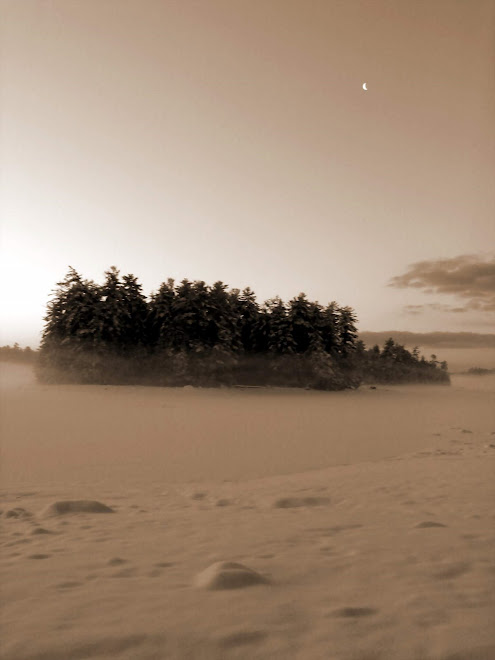The day began off step and continued into a whirlwind of moral beliefs of responsibility, topics transitioning into questions, drama & debate, and questions transforming into proposals. Loads of thinking, little processing, but progress made.
We uncovered an idea. I am not sure whom exactly, but it seemed to surface in the corner sometime between brainstorming and finalizing actual interests. The proposal has the potential to cause some ripples and that excites me. The question is multifaceted and I envision the various niches that the group members possess to fall into full swing as we further shape our goals. The plan thus far:
Overall (in my mind right now): We plan to establish a current baseline for composition and distribution of the current plant populations in order to facilitate possible inquiry regarding the changes along this boarder as well as to raise awareness about practical investments into the natural landscape.
We Need To…-Create a baseline data set for the plant composition and distribution (Field Work)
-Analyze baseline data sets to gain a familiarity for the piece of land.
-Research sustainable land-use practices and utilize the local knowledge through cooperative extension.
-Find links between the boarder land and the needs of the landscape in order to promote accurate, relevant suggestions.
-Check out formatting of newsletters, pamphlets, websites (?)
-Create the guidebook- we will certainly need a clever name of some sort. (Your Natural Landscape: A Guide to Investigating your Surroundings)
-Tie it all together.
I Believe in This Project…Because I believe that our investments will be utilized.
By the way excuse my rambling about cranberry farming, perhaps I just needed to vent in order to clear my mind of agriculture.
A more usable source, and interesting insight into the power of creativity:
http://www.ted.com/index.php/talks/ken_robinson_says_schools_kill_creativity.html








